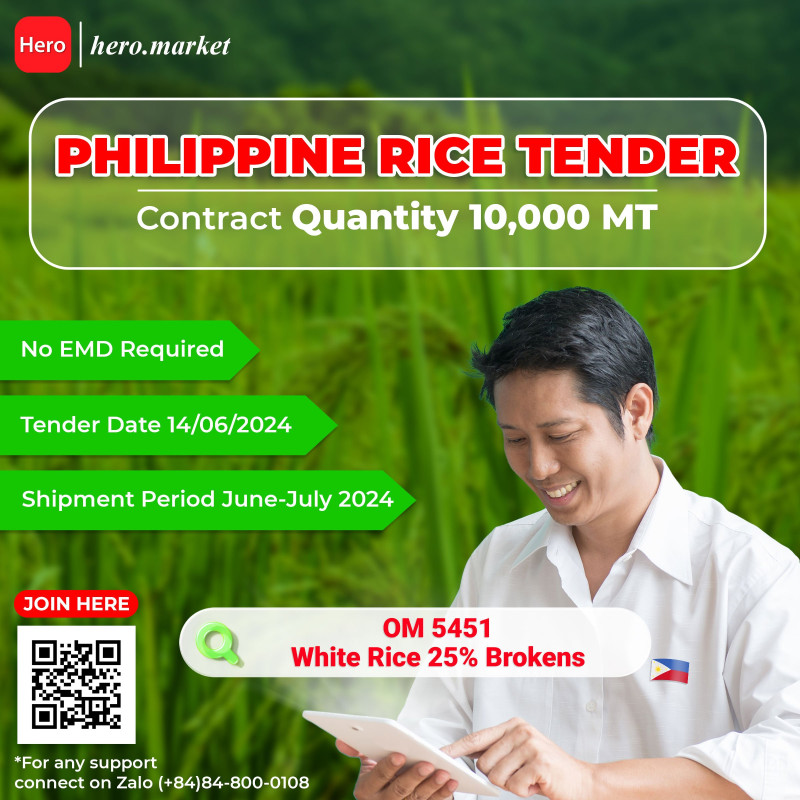Bridging the trust deficit: This base, thus far, has not been exposed to e-commerce or fintech extensively and hence are generally averse to purely digital transactions.
Mitigating the “natural” risk: Agriculture in general, and agricultural output in particular, are susceptible to several “natural” phenomena. When buying from the farm today, one of the unmitigated supply-side risks is the inherent quality of the produce. Farmers typically prefer selling the entire produce in one go—so the buyers should have the capacity to mitigate this “natural risk”.
Ensuring scalability: Agricultural production is a highly credit reliant process. Models such as farm input e-commerce that aim at just selling products and services to farmers run into issues of scalability. Also, any high touch engagement with farmers for yield improvement impacts scalability.
Focusing on profitability: Agricultural supply chains have existed for decades and centuries. The delicate and highly perishable nature of agricultural produce leads to a multi-fold increase in complexity in the supply chain. Hence, models that incrementally improve the supply chain and rely only on aggregators to source produce can suffer from poor unit economics. Being successful here requires an approach that focuses on deeper value creation across the farmers lifecycle and fundamentally reimagines this supply chain.






